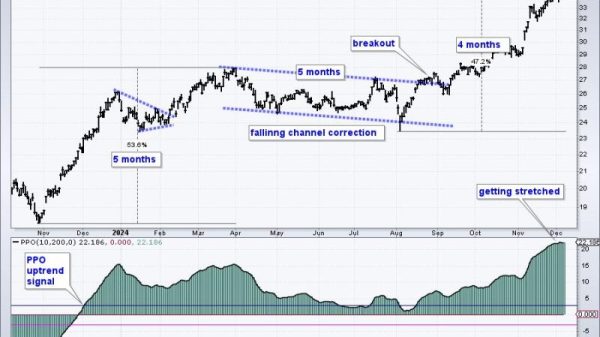When engaging in trading or investing in the stock market, one common dilemma that many traders face is whether to buy the dip or sell the rip. This decision can greatly impact the outcome of a trade, as timing the market correctly is key to maximizing profits and minimizing losses. In this article, we will explore the concepts of buying the dip and selling the rip, the factors to consider when making these decisions, and some strategies to help traders navigate these situations effectively.
Buying the dip refers to buying an asset when its price has experienced a temporary decline or pullback. This strategy is based on the belief that the asset’s price will eventually rebound and continue to rise in the long term. Buying the dip can be an attractive opportunity for traders looking to enter a position at a lower price point, potentially increasing their profit margins when the price recovers.
On the other hand, selling the rip involves selling an asset when its price experiences a spike or rapid increase. This strategy aims to capitalize on short-term gains and take advantage of overvalued prices before a potential price correction occurs. Selling the rip can be a prudent move for traders looking to secure profits quickly and avoid potential losses in a volatile market environment.
When deciding whether to buy the dip or sell the rip, traders should consider various factors that can influence market conditions and asset prices. These factors include market trends, economic indicators, news events, and technical analysis. Understanding the market and conducting thorough research can help traders make informed decisions and mitigate risks associated with timing the market.
To effectively implement the buy the dip or sell the rip strategy, traders can utilize certain techniques and tools to enhance their decision-making process. Developing a trading plan with predefined entry and exit points, setting stop-loss orders to manage risk, and using technical indicators such as moving averages, trendlines, and volume analysis can help traders navigate market fluctuations with confidence.
In conclusion, the decision to buy the dip or sell the rip requires careful consideration of market conditions, analysis of various factors, and the use of effective trading strategies. By staying informed, remaining disciplined, and adapting to changing market dynamics, traders can position themselves for success and optimize their trading outcomes in both bullish and bearish market environments.


























